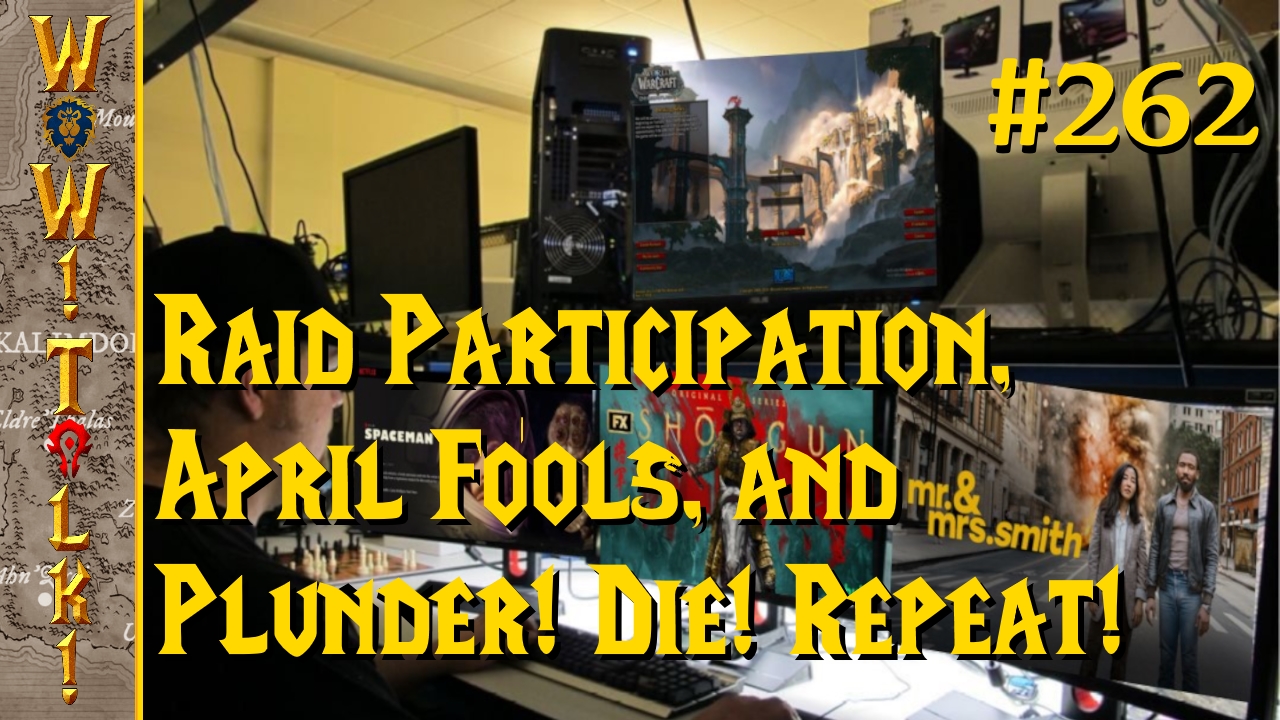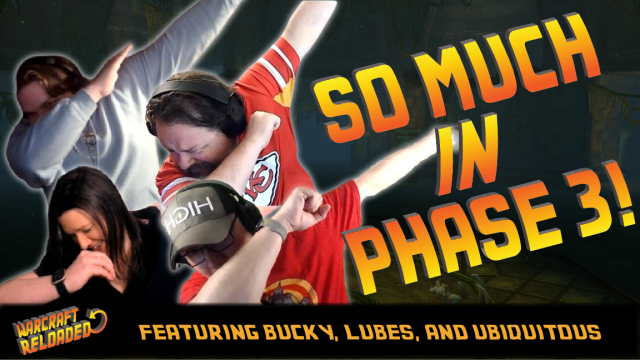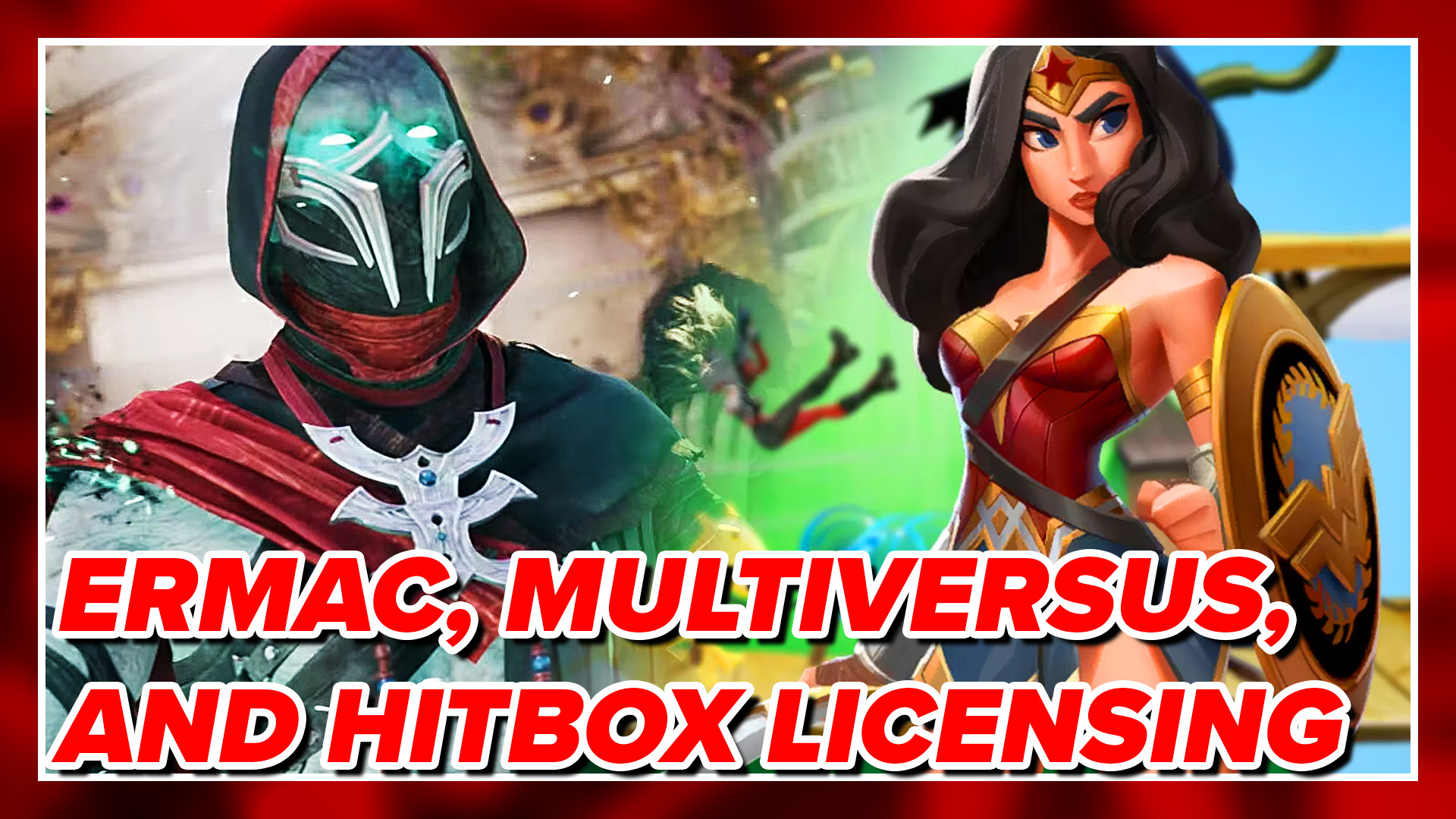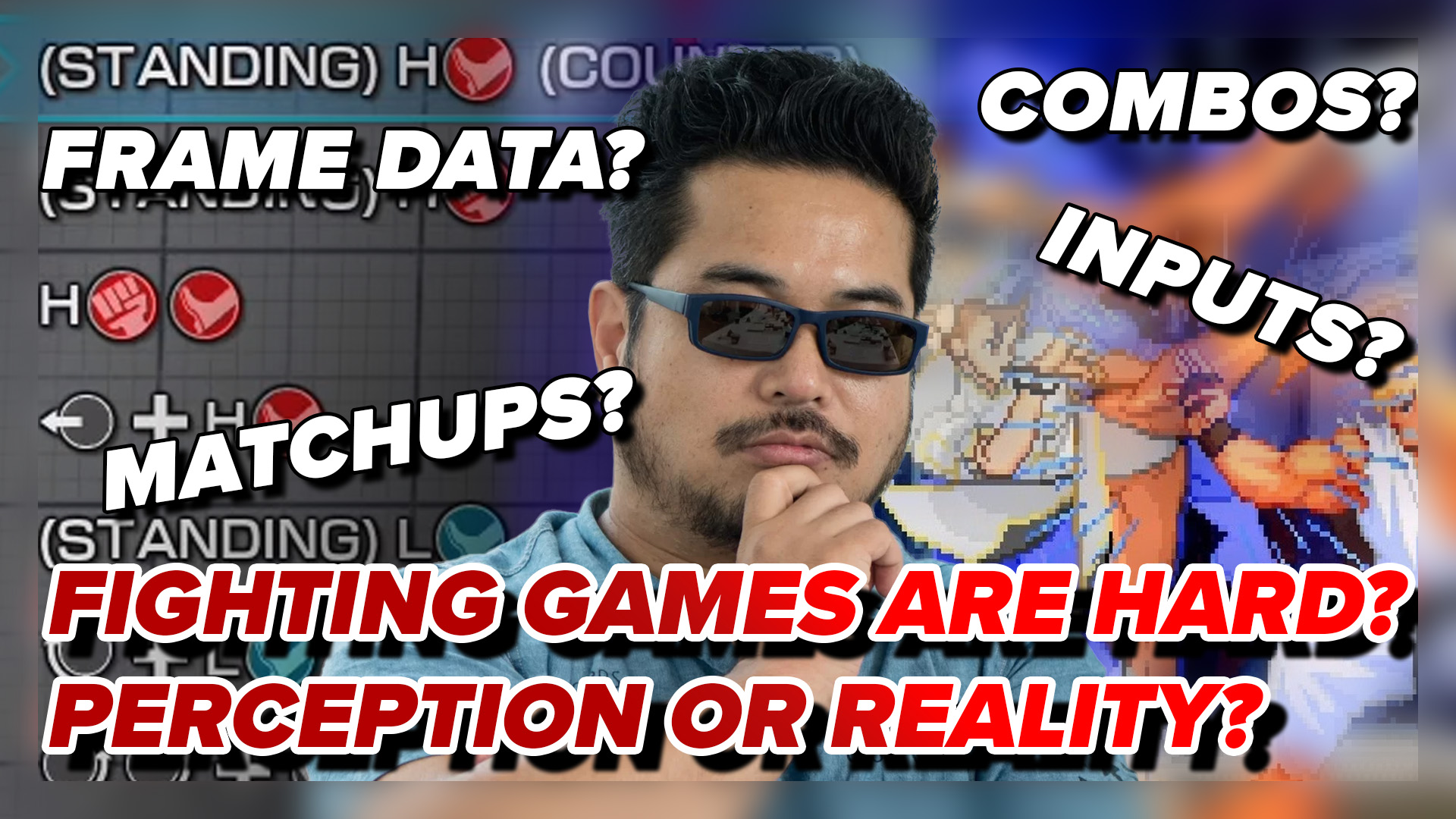They came so close to getting it right. I can’t help but think that about Might & Magic Heroes VI. Not the game itself, mind you; it’s a largely pleasant experience when one is involved in it. No, I’m talking about the Conflux, the hub of MMHVI, and the crux of what will make or break a personal experience with the game.
The Conflux is the latest in a long line of DRM measures trotted out by Ubisoft, albeit seemingly benign and referred to them in marketing as anything but DRM. It’s also the part of a new breed, much like Battlefield 3‘s Battlelog system; DRM that dresses itself up before coming over so you don’t know what you let into your house. Then, by the end of its visit, you know that you hate it, but you find it hard to put a finger on exactly why. Part of the reason is because the Conflux doesn’t walk in the front door, punch you in the face, and pee on your couch like Ubisoft’s ‘always on’ DRM did. But, as with any DRM, there are certainly still problems with the new system.
The Conflux requires you to connect – and stay connected – online in order to access the additional features of the game. Not just the multiplayer (that would be expected), but also features in the single player campaign. There is an offline option for those who don’t want to deal with constantly being connected, but that leads to the first, and biggest, problem: the online and offline modes of MMHVI are not only separate, but also totally incompatible with one another. If a player chooses a mode for campaign they might as well be stuck with it, because to switch means replaying the game again to reach the same point.

Nothing else in MMHVI was so frustrating as to be disconnected from Ubisoft’s servers, deciding I wanted to play anyway, then being greeted by every campaign but the tutorial being locked – when I had already completed the tutorial and the first map of each campaign when connected to the Conflux. Starting offline and then going online results in the same situation. Of course, the earlier you are in the game the less this will impact you, but such a vicious situation shouldn’t exist in the first place. There’s no reason online or offline campaign progress shouldn’t be available in lockstep with one another regardless of the route one chooses, so the other option is always available without setbacks. The official company line from Ubisoft is that the save files are incompatible, but really, there must be a way to synch progress in the overall campaign, if not specific items and such that have been picked up.
This is why I say they came so close to getting it right: the Conflux has the feature set and incentives to stand on its own, without draconian player punishment measures being thrown in. There are Dynasty Weapons to be collected throughout the campaign, which can be used in both single and multiplayer. These weapons confer stat bonuses to your hero, special abilities to your army, and generally look awesome in a hero’s grasp as they lead your troops. Dynasty Weapons gain experience and obtain new bonuses as they level up over time, and are available for use by both campaign heroes and your characters in multiplayer.
Other niceties include a robust online profile for players, Dynasty Rank/Experience, Dynasty Traits, Achievements, and the Altar of Wishes. Dynasty Experience is the total of all experience a player has earned with every hero in the campaign and multiplayer matches, and earning certain amounts (it increases for each level) helps raise the Dynasty Rank. There are five tiers: Iron, Bronze, Silver, Gold, and Platinum. Players start at Iron, and every 10 levels reach the next tier. Dynasty Rank is important for more than just bragging rights; it also determines the availability of unlockable extras in the Altar of Wishes.
The Altar of Wishes provides access to new character portraits for heroes, titles to customize your profile, Dynasty Weapons not available in the campaign, and Dynasty Traits to give your hero a boost in single and multiplayer. It can even unlock more Dynasty Trait slots to increase the boosts that can be carried into battle. Unlocked achievements serve the dual purpose of tangible milestones and earning Dynasty Tokens, which are the currency used to purchase items in the Altar of Wishes. A player’s latest unlocked achievements will be shown on their online profile, and four favorite achievements can be spotlighted to show off.
I really hated walking into this and spending so much time talking about the Conflux, but it’s necessary. If you have issues with your ISP, or connection problems with Ubisoft servers after making progressing online, then your game is nigh unplayable. Choosing not to deal with the online connection when playing the campaign is fine, but you lose access to the extras the Conflux has to offer, and start off several steps behind everyone else if you ever want to partake in the multiplayer mode. As goes your experience with the Conflux, so too does your opinion of MMHVI.
Taken on its own, the game is good. Not perfect, but good. The visuals are detailed and impressive in every phase, from the opening cinematic and the user interface, to the details on the overhead map and in battle. The game looks great zoomed out to a wide view, and even though it’s obvious the game wasn’t meant to be constantly scrutinized in a close-up angle, it still has a copious amount of detail. The only thing that doesn’t stand strong at close view is the foliage. At a distance the foliage looks like a moving impressionist painting, but the effect is achieved by a graphical trick that just doesn’t look good up close.

Other aspects of the visuals are flawless. Each faction has a variety of unit types (all upgradeable), which all look very unique and have individualized animations. The game even goes so far as to have special idle animations for units if you take too long to make a decision, like a centaur using their bow as a violin, or a crossbowman hopping up and down on their crossbow like a pogo stick. It adds a bit of humor and style to the game where I didn’t expect it.
The one thing that will bother fans of Heroes of Might & Magic V is that the town-screen style of that game is no more. There is still a screen with a representation of a town under your control, but despite its beauty, it is very much a town in miniature. All the upgrades you build to a town show up in it, but the changes are immediate and lack any real flair. Also, given the scaling back of the town representations, there are no more of the 3D camera fly-throughs that were so popular in the previous game. Ubisoft has stated on the MMHVI forums that they are working on patching the game to include the prior town-screen style, but there is no time frame. Personally, I think they have bigger concerns with the current state of the game, so it’s probably best to temper expectations.
Heroes are fairly individualized too, but along the lines of faction and whether or not they are a Might or Magic-centric hero. Taking into consideration male and female avatars, Might/Magic style, and faction, there are 20 different possible looks for heroes. This expands further with an additional two possible looks for any hero type due to the Blood & Tears system; although, this is derivative of the original look, consisting mostly of a lighter (or darker) palette and slight aesthetic changes to armor.

The Blood & Tears system is new to Might & Magic, and represents how a hero interacts with the world. It’s not simply a choice of ‘good’ or ‘evil’ in most cases, it’s more about the road you choose to reach a final outcome; many situations involve concepts of ruthlessness and mercy, for example. Choosing a path not only affects a character visually, but also determines what reputation abilities they gain access to. Unfortunately, the ripples of consequence from your choices don’t seem to reach very far into the story – to see a certain amount of branching in the story would have been interesting, though the game doesn’t suffer from its absence. The aspect of choices in Blood & Tears is removed while in multiplayer, as preset characters already have a Blood or Tears alignment, and any hero created has to start off full-fledged as one alignment or the other.
Heroes are customizable in another way as well: the newly streamlined skill system. The random potential choices in abilities (with sometimes unclear prerequisites) that existed in Heroes V have been reworked into skill trees that are easy to navigate and plan how a hero will be built. Abilities can also be perused to see what their effects are prior to being unlocked. There are three tiers, with requisite levels (5, 10, 15) to unlock abilities in each. Only a Might-centric hero can obtain Tier III Might abilities, and vice versa with Magic heroes and Magic abilities. This gives characters flexibility, without letting them abuse high-level combinations, or constantly operate wholly out of their chosen discipline. It’s a fine and useful change, and even instills use into abilities that, at first glance, seem fairly worthless. Some abilities are cornerstones though, like Reinforcements or Regeneration, that will be included in almost every character build.
Streamlining systems, such as what was done with skills, can be taken as the unifying idea behind all the design decisions in MMHVI; almost everything from the previous game has been simplified. Some might argue that the changes ‘dumbed down’ the game, but outside of the fate of town-screens, I feel such accusations are unfounded. There are only five factions in the game, four of which are returning factions (Haven, Necropolis, Inferno, and Stronghold), and one that is a newcomer to the series (Sanctuary). This reduction in the total number of factions doesn’t mean that the tactical possibilities are limited, or that factions have been reduced to carbon copies of one another. Each of the returning four factions still maintains its identity and uniqueness, and Sanctuary brings yet another new style to the table.

How each faction plays is driven not only by units, but also Faction Abilities. A change was made so that heroes are the ones to deploy these abilities as certain conditions (different for each faction) are met during combat, rather than unit stacks using their initiative to do so. These abilities provide something of an identity for each faction, such as Inferno’s returning ‘Gating’ ability, or Stronghold’s ‘Bloodrage’. Faction Abilities are very important, and can be a vital part of laying out a plan of attack.
Other areas were streamlined as well; there are fewer types of resources in the game now, being limited to Wood, Ore, Gold and Crystal. The user interface within maps has been revised to be more simplified, as well. Most pointless types of redundant tasks, like capturing mines that have already been visited and cleared, or having to use a secondary hero to cart around new troops to the main hero, have been removed. Now the weekly replenishment of troops appears in any town under a hero’s control, although the unit type (such as elite units) available is dependent on the upgrades of that town.
Even with all the revamped particulars of the design of the game – the width and breadth of customization possible for heroes, streamlined systems, and the tactical possibilities that abound – there are still problems. The first thing is less a problem, in and of itself, but more of an oddity of design: the pacing of the game. The game encourages playing through maps (at least ones played against the AI) at a quicker clip than is normal for most strategy games. This happens for a couple of reasons, one being that the relative power of every faction (and neutral units/armies) on the map increases every week, eventually eclipsing what any player could keep up with.

The other is that the AI is allowed to cheat, in a manner of speaking. Dedicated fans of the series have dissected the campaign missions, and they found that the AI is given a stock of units to pull from, independent of starting units and replenishments from each week. This means that the ‘boss’ of each campaign map – and any predetermined generals – can always field more units than a player army…because they begin with an insurmountable head start. The AI will never field its entire allotment, but the longer one waits, the worse it gets.
When the discovery was made about the AI’s ability to cheat the system, the second design issue that had been masked came to light: the AI in MMHVI is actually pretty stupid. After you know its secret, it no longer seems like the AI is aware of some secret to success that you’re not privy to, because it isn’t. Without its surplus of troops the AI would be lost. It doesn’t make any effort in the campaign to take over neutral mines, or sway potential allies to their side. In fact, the AI won’t even make a move to conquer towns under your control unless you’re not around to guard them, or they have you so badly beat that they won’t suffer any losses. This remains largely true even under higher difficulty levels, or when fighting the AI outside of campaign. It plays pretty smart within the confines of an actual battle, but its behavior otherwise is a thing of pity.
The story is the last piece of the puzzle in MMHVI, but I won’t delve too far into it, lest I run the risk of spoiling it. The game is still set in Ashan, the new world that the series was rebooted to in Heroes of Might & Magic V, which essentially removed games in the Ubisoft era of Might & Magic from the continuity of the rest of the series. The story in VI acts as yet another starting point though, as it is a prequel, taking place 400 years prior to V. It is a tale of the Griffin dynasty before they sat on the Imperial throne.

The tutorial (which really should have been called a prologue campaign) follows the footsteps of Slava, the Duke of Griffin, and his struggles against Duke Gerhart of the Wolf duchy as he attempts to keep his lands under his control. Past their battles, and the consequences that emanate from it, Slava’s five children – Irina, Sandor, Anastasya, Anton, and Kiril – become the focal point. They all lead different factions as they each, in their own way, try to sort out the mystery behind the murder of their father, and the vastly different situations they find themselves in.
The overarching story that runs through each of the children’s campaigns and forms a connection between each of them is very strong, marred only by some highly inconsistent voice acting and some mishandled side plots. Some character voices I liked (Sveltana, Irina, Kraal, Slava), and some I loathed (Anton, Sandor when he tried to tell jokes). There were other voices I felt could have been fine, but seemed to have been given direction to take their accents way too far (everyone in the Sanctuary faction).
A good bit of the poor voice acting can be traced to bad side plots. For example, under normal circumstances during the game I found Anastasya’s character to be interesting and her voice to be well done. Except…Anastasya’s side plot involves a previous forbidden lover she had, and any time he’s brought up it’s a license for her to delve into a Twilight-level ‘full retard‘ pit of teenage angst. It’s agonizing to hear, and not in the way it’s intended. Every main Hero in the campaign has some side plot that would be better off left to die in a ditch somewhere, but they lug them along to every map and bring them up just enough to be annoying (or in the case of Anton, often enough to be unbearable).

But fortunately, like I said, the overarching story is very strong, and the main thread of it never gets lost in the crap going on on the side. The soundtrack is also very good, matching visuals in being the most consistently great parts of the game. The multiple possibilities in building a character, and finding weapons and artifacts to equip them with will keep most players busy for a good while, and that increases when you consider using all the different factions in the myriad of ways possible.
A robust map and scenario editor for the game is at the community’s command as well (which is found in the folder where your game install is located, under ‘editor.exe’), meaning there will certainly be even more content released by fans for consumption in the future. It’s a good thing too, because the campaign doesn’t have a random map generator to mix things up. The worst thing the game is suffering from at this point – aside from the Conflux – are the number of bugs affecting the game. They are affecting new features like the Blood & Tears system, Conflux features like Dynasty Weapons, and much more. Running into one can leave you anywhere from a frozen game, to having to replay entire campaign maps. Ubisoft is currently working on fixes, but it will take some time before all the problems are addressed.
Ultimately, Might & Magic Heroes VI is a good game, but one buried underneath its own bugs and DRM. It’s a game that is worth buying eventually, but proves the idea that some games just shouldn’t be bought at launch. Perhaps, when the bugs are fixed, the AI is improved, and the inevitable expansions for the game are released, we’ll be able to safely place MMHVI among the games worthy of the Might & Magic moniker. For now, I advise prospective buyers to wait until patch 1.2 is released (no time frame as of yet) before dedicating your hard-earned money to this game. A demo is available for the extra curious in the meantime.
Notes:
Matches were completed on a variety of difficulties (easy, normal, hard, custom) for playtesting purposes.
30 hours+ was spent with the game all told, through all its modes.
Majority of play was done while connected to the Conflux.
The Necropolis faction is totally OP.
Specs for computer used:
NVIDIA GeForce GTX 570
Intel Core i7-2600k CPU 3.70 GHz
Windows 7 Home Premium (64-bit)
8 Gigs of RAM






